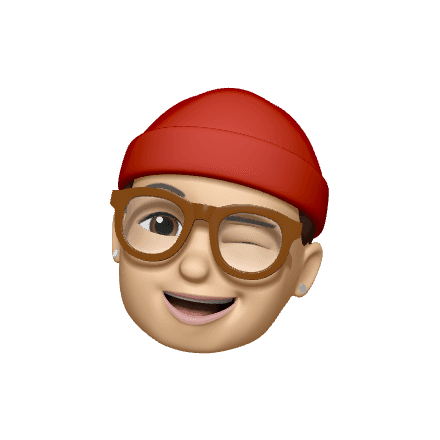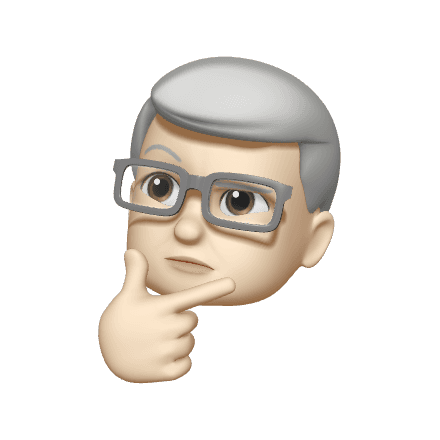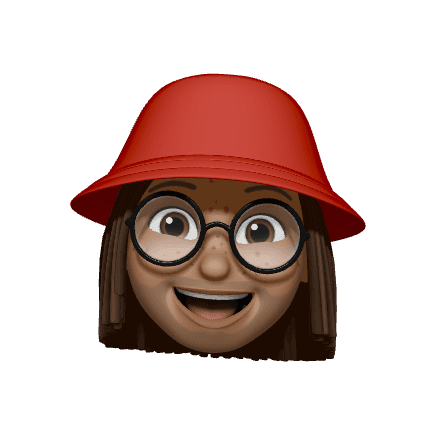Context
B2C B2B
AI tool
Edtech
Project Details
MVP
Jan'25 - August'25
Mobile and desktop
My Role
Product designer
UI and illustrations
User testing
Team
Developers
Brand managers
Product managers
ASU Learning Enterprise
I worked as a Product Designer at ASU Learning Enterprise (LE), where we collaborated with companies like Adidas, Uber, and Starbucks to support their workforce in upskilling. CareerCatalyst is a platform created by LE to provide access to high-quality, industry-aligned education with ASU Online.





After conversation with Uber, we noted that despite ASU's vast course catalog, their employees struggle to:
Understand course relevance
Learners were unclear about how individual courses would contribute to their overall learning goals or certifications.
Navigate course sequencing
There was a lack of transparency around the optimal order of courses, making it challenging to follow a structured learning path.
Customize a learning journey
Users had limited flexibility in refining their pathways, which reduced personalization and increased frustration.
Project Overview
To design a UX solution that helps students navigate ASU’s course catalog by generating personalized learning pathways based on their background and goals. Each pathway bundles courses, tests, videos, and projects, offering a structured, customizable learning experience with enhanced usability and transparency.

During ideation, we recognized that the issue being addressed might
extend beyond our current scope, potentially affecting other partner companies as well.
To gain deeper insights and better understand real user pain points,
we conducted user interviews based on the developer prototype.
Online Students
Age 18-35
Uber Employees
Age 24-50
Stakeholders
from Uber, Starbucks and Adidas
Brainstorming
My work started here in the early stages, I created low-fidelity wireframes to map the user flow and structure of the Pathway Builder. These sketches were based on round 1 of user research insights.
Landing Page

Find Pathway
Student Background

Select Pathway

Expand Pathway
Commit to Pathway

Usabilty Testing
The testing involved a diverse group of participants to gather comprehensive feedback on the tool's effectiveness, usability, and overall experience.
Task 1
Browse course catalog page to find a course.
Task 2
Add background and goal information.
Task 3
Review Pathway Recommendation.
Task 4
Add pathway recommendation to cart.




Testing Insight 1: Navigation Fix
Users must navigate back to edit their education and background, adding an extra step to the flow.
To tackle this, background and goal fields were added at the top for easy access and editing.


Testing Insight 2: Flow Inefficiency
Participants returned to the catalog due to the hassle of adding a resume and LinkedIn.
To streamline the journey, I replaced it with a simple text box for background input.


Testing Insight 3: Feedback Functionality
The pathway editor allowed users to remove irrelevant courses but lacked a feedback option.
Adding feedback helped the tool learn and generate more accurate pathways.


Rebranding
During testing, users found the name "Pathway Builder" confusing,
suggesting it might generate entirely new courses using AI.
To address this misconception and improve clarity, we renamed it to "Navigator."
Pathway Builder
Navigator
User Journey
Final designs


Next Steps
The Navigator was released after multiple rounds of research and testing driven by learner needs. It aims to empower users with personalised, goal-driven pathways, making it easier to discover, customise, and enrol in courses that align with their aspirations.
Check out the live website here: https://careercatalyst.asu.edu/
Illustrations

Learning
User-Centric Design: Prioritizing learner needs through continuous research and testing leads to more intuitive, impactful solutions.
Iterative Development: Multiple rounds of prototyping and feedback are essential for refining functionality and usability.
AI-Powered Personalization: Leveraging AI for customized learning pathways enhances relevance and user satisfaction.
Clear Communication: Transparent, goal-driven pathways with actionable insights improve trust and engagement.
Data-Driven Decisions: Usability testing and behavioral insights are key to continuous improvement and informed design choices.

















